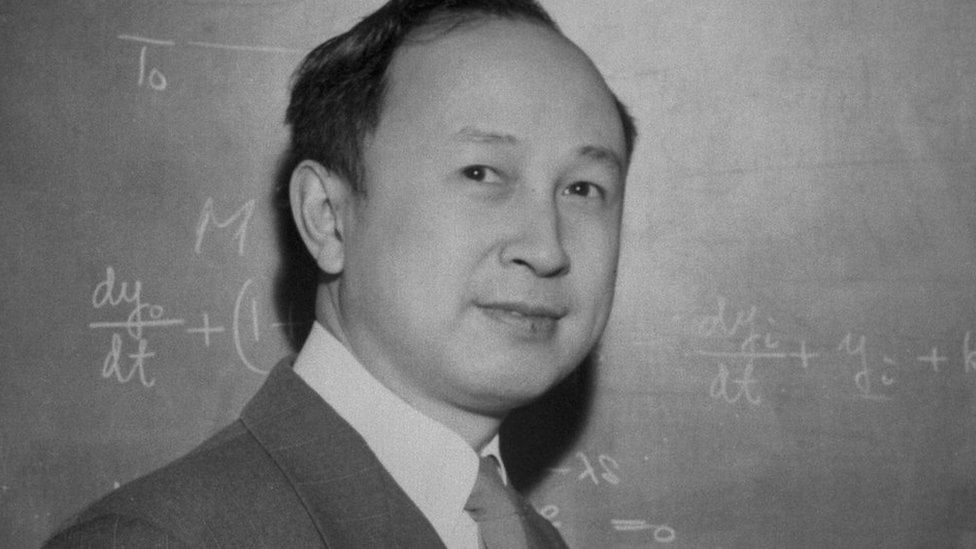Qian Xuesen or Hsue-Shen Tsien was a Chinese aerospace engineer, mathematician, and physicist. He is also known to be the co-founder of the Jet Propulsion Laboratory. But did you know he was incredibly popular in China and is regarded as the Father of Chinese Rocketry?
Qian Xuesen, a Chinese rocket scientist who attended MIT and Caltech, was a major contributor to the field of engineering and aerodynamics, worked on the Manhattan Project, was deported to China during the Red Scare, and became known as the Father of Chinese Rocketry.
The Life of Qian Xuesen
Qian was born into a traditional Mandarin family, and his father was a refined civil servant who provided his son with a modern, scientific education while also exposing him to music, art, and literature. He graduated from Shanghai Jiao Tong University with a degree in Mechanical Engineering, hoping to become a railroad engineer to aid in China’s modernization and defense.
Qian was born into a traditional Mandarin family, and his father was a refined civil servant. The latter provided his son with a modern, scientific education while also exposing him to music, art, and literature. He graduated from Shanghai Jiao Tong University with a degree in Mechanical Engineering, hoping to become a railroad engineer to aid in China’s modernization and defense. (Source: The Space Technology Asia)
How Did Qian Xuesen become Part of the Manhattan Project?
In 1955, the US and the PRC struck a secret deal in which Qian was exchanged for a group of 11 Americans held hostage in China. When he was finally allowed to leave, Qian resigned from Caltech and traveled to China aboard the SS President Cleveland in September 1955.
Earlier in 1955, PRC Chairman Mao Zedong announced his intention to launch a Chinese nuclear program, which would necessitate the use of missiles. The Fifth Academy of the National Defense Ministry was established in 1956, shortly after Qian’s return, and was in charge of missile research. Qian was appointed as Director of the Fifth Academy.
A year later, in 1957, he was named an Academician of the Chinese Academy of Sciences and the Institute of Mechanics’ first Director, where he oversaw the development of the Silkworm missile.
Qian spent much of his time educating Chinese scientists and technical staff on the fundamentals of spaceflight and rocketry due to a lack of knowledge and resources in China. He also took part in the ongoing technology transfer program from the Soviet Union, believing that this would speed up the Chinese missile program, even though he had initially planned to develop indigenous missiles. Meanwhile, due to a lack of hardware and materials in China, he proposed modifying the Soviet R-2 to lower manufacturing costs. His input resulted in developing two launches simultaneously, one with an R-2 filled with Chinese-made fuel and the other with an indigenously-made R-2 copy. Both missiles, known as Dong Feng 1 (DF-1) at the time, were launched in 1960.
Qian persuaded Mao Zedong in 1957 of the importance of launching satellites in addition to missiles. Mao then launched Project 581, an ambitious plan to launch one within a year that was eventually scrapped and renamed Project 651.
China launched its first satellite, Dong Fang Hong 1, under this project in 1970. Qian was also very interested in establishing an operated space program for China and spent the latter part of his career promoting it; it is reported that he eagerly watched China’s first human-crewed mission in 2003 from a hospital bed. (Source: The Space Technology Asia)
Image from BBC
